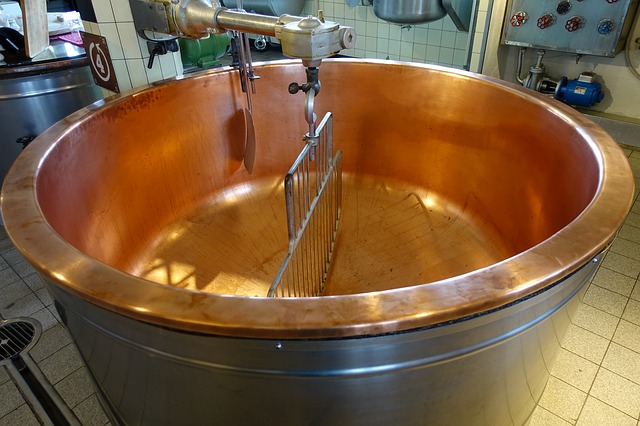Cheese making depends heavily on bacteria to change and flavour the milk. However, it is vital that these microscopic organisms be the correct bacteria, not the kind of bacteria that can make you sick. Not properly cleaning your dairy processing equipment can pave way for bad bacteria to proliferate in your equipment, which increases health risks and affect the taste and appearance of your cheese entirely. Here are some of the most effective ways to clean cheese making equipment.
But before learning how to sanitise or clean cheese making equipment, how do foreign bacteria exist in cheese making? Well, there are three common ways on how bad bacteria is introduced in the process of making cheese – these include poor milk-handling practices, poor disinfecting of cheese making equipment and lastly, cross-contamination of the cheese during the cheese making process.
While it might sound overwhelming, keeping your equipment clean is one of the many ways to extraordinarily decrease the danger of contamination.
Many cheese makers use bleach to sanitise their dairy processing equipment. Nevertheless, if you can’t get your hands on a bleach or if you can’t stand the smell of bleach, you may also utilise this approach.
Cleaning Metallic Cheese Making Equipment
- Put water into your cheese pot at half full
- Put your cheese pot on your stove, put it in high heat and wait for the water to boil
- Once the soapy water starts to boil, put all the utensils such as colander, skimmer, cheese mold and other small metallic equipment in cheese pot
- Once the cheese residue comes off, wash with clear cold water and hang to dry
Cleaning Plastic Cheese Making Equipment
- Fill a 20 litre bucket with 2/3 water
- Add two capfuls of bleach
- Soak all your non-metallic cheese making utensils in the solution for about 10 minutes
- Quickly rinse all the utensils in clean running water (make sure to rinse thoroughly because bleach residue is harmful to cultures or rennet)
- If you are not intending to use the utensils immediately, make sure to wrap them in a large, clean towel







